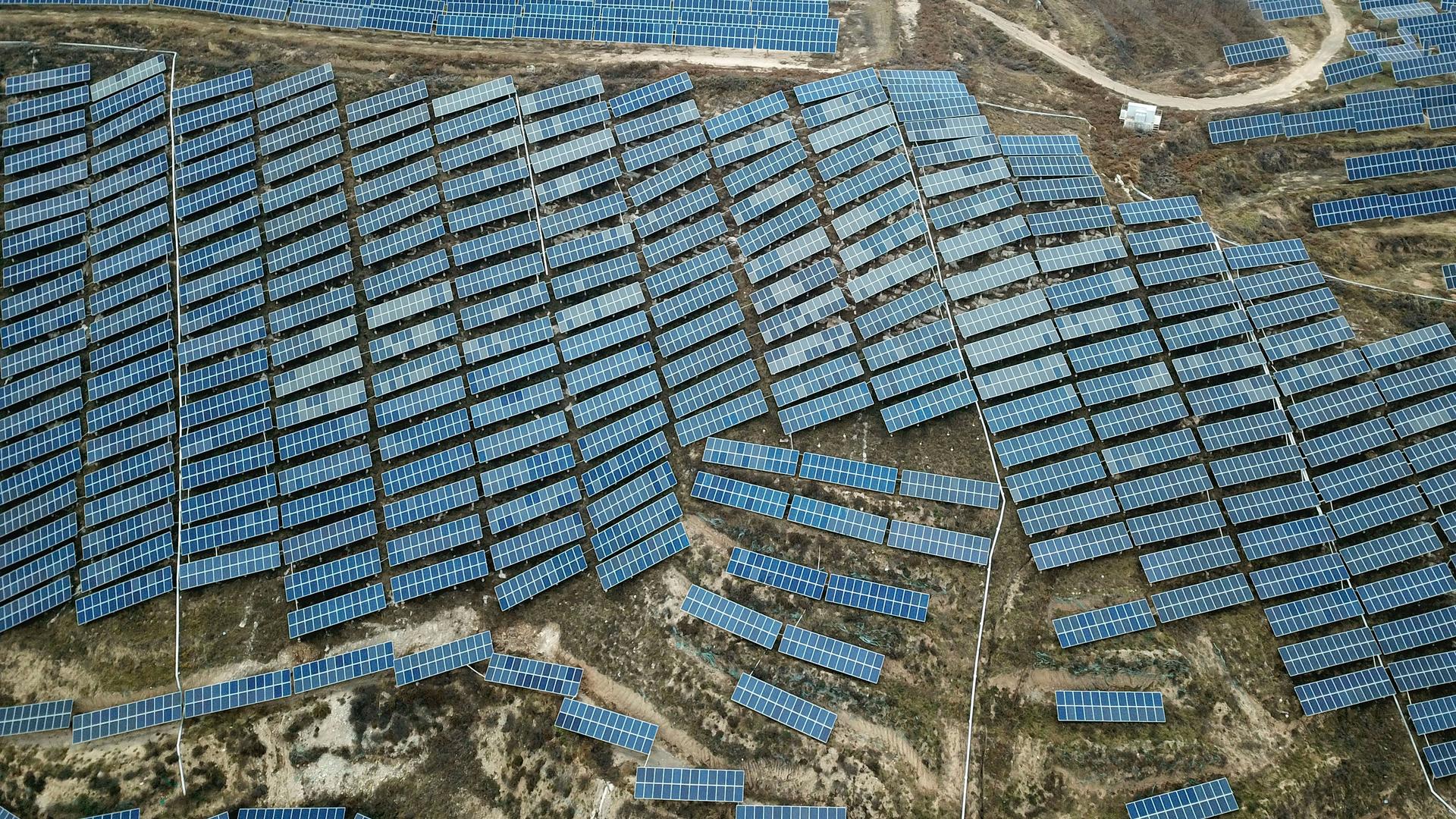China announced moderate new energy and climate targets on Friday, eschewing any major moves to reduce carbon emissions and instead, maintaining plans to continue developing coal power.
China, the world’s biggest emitter of greenhouse gases, released its latest five-year economic plan in conjunction with the annual meeting of its National People’s Congress on Friday.
Related: 5 years into Paris agreement, net-zero pledges are boosting optimism
At the meeting, Premier Li Kequang said the country will reduce carbon emissions per unit of economic output by 18% over the next five years, the same target as the previous five-year plan.
He also said the country would continue to develop both clean coal and renewable energy sources.
In September, President Xi Jinping revealed in a surprise announcement at the UN that China would aim for carbon neutrality by 2060, and a peak in emissions by 2030.
Friday’s announcement confirmed the country’s commitment to those goals but didn’t set the kinds of sharper emissions targets that activists and environmentalists hoped might help the country meet them.
“What everyone really wanted was an earlier peaking year.”
“What everyone really wanted was an earlier peaking year,” said Swithin Lui, from the NewClimate Institute think tank and the Climate Action Tracker.
“There’s lots of analysis that suggests China can peak carbon emissions earlier if they want.”
Activists also looked for a signal that China would put a cap on coal, which supplies 60% of the country’s power and is the world’s biggest source of industrial greenhouse gas pollution.
No such signal came.
Related: Paris agreement gets ‘new lease on life’ under Biden, climate advocates say
The plan does set a target for nonfossil energy to account for 20% of total energy consumption by 2025, which is in line with a 2030 target laid out by President Xi Jinping late last year.
“There’s nothing really new or exciting in these headline targets, and so, I think that’s probably the most disappointing piece,” said Angel Hsu, an assistant professor of public policy, environment and energy at The University of North Carolina Chapel Hill and director of the Data-Driven Environmental Policy Lab.
But she says the incremental changes in the plan don’t come as a surprise.
These five-year plans require years of negotiations, so a blueprint for a goal laid out just in September shouldn’t be expected in March.
“I still think there’s a window for China to come up with those specific details that could then enhance the climate and energy targets that we’re seeing. To me, I’m still optimistic.”
“I still think there’s a window for China to come up with those specific details that could then enhance the climate and energy targets that we’re seeing,” Hsu said. “To me, I’m still optimistic.”
For the first time in recent years, China’s five-year plan does not contain a target for economic growth as measured by gross domestic product. Because the country’s emissions targets are tied to GDP, that makes it impossible to gauge just how much climate-warming pollution to expect from the country.
But it could also signal a shift in how the country sees its economic development.
Related: The world’s getting hotter. Can naming heat waves raise awareness of the risks?
“Dropping that GDP growth target is kind of a signal from central policymakers to the provincial and city officials that they shouldn’t just focus on GDP growth anymore,” argued Alvin Lin, the China climate and energy policy director at the Natural Resources Defense Council’s Beijing office.
Environmental factors like forest cover and air quality should also be considered.
“It’s a change in mindset about what development means within China,” Lin said. “I think that’s the positive way to read this.”
China is expected to announce more specifics on energy and climate plans with sector-level blueprints released later this year.
And it’s expected to set a new carbon-reduction goal ahead of a key UN climate summit in Glasgow in November.
The Associated Press contributed reporting to this story.
Our coverage reaches millions each week, but only a small fraction of listeners contribute to sustain our program. We still need 224 more people to donate $100 or $10/monthly to unlock our $67,000 match. Will you help us get there today?
